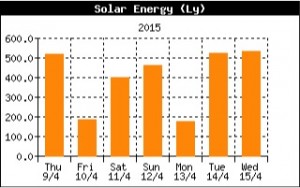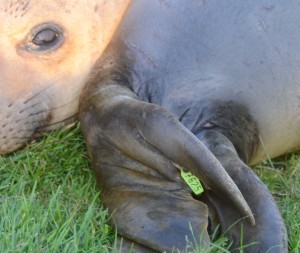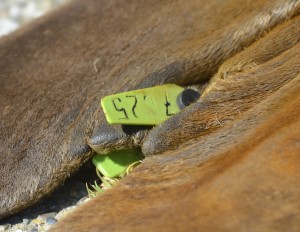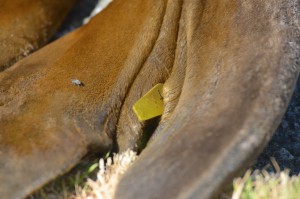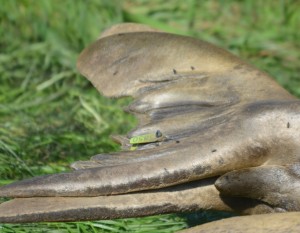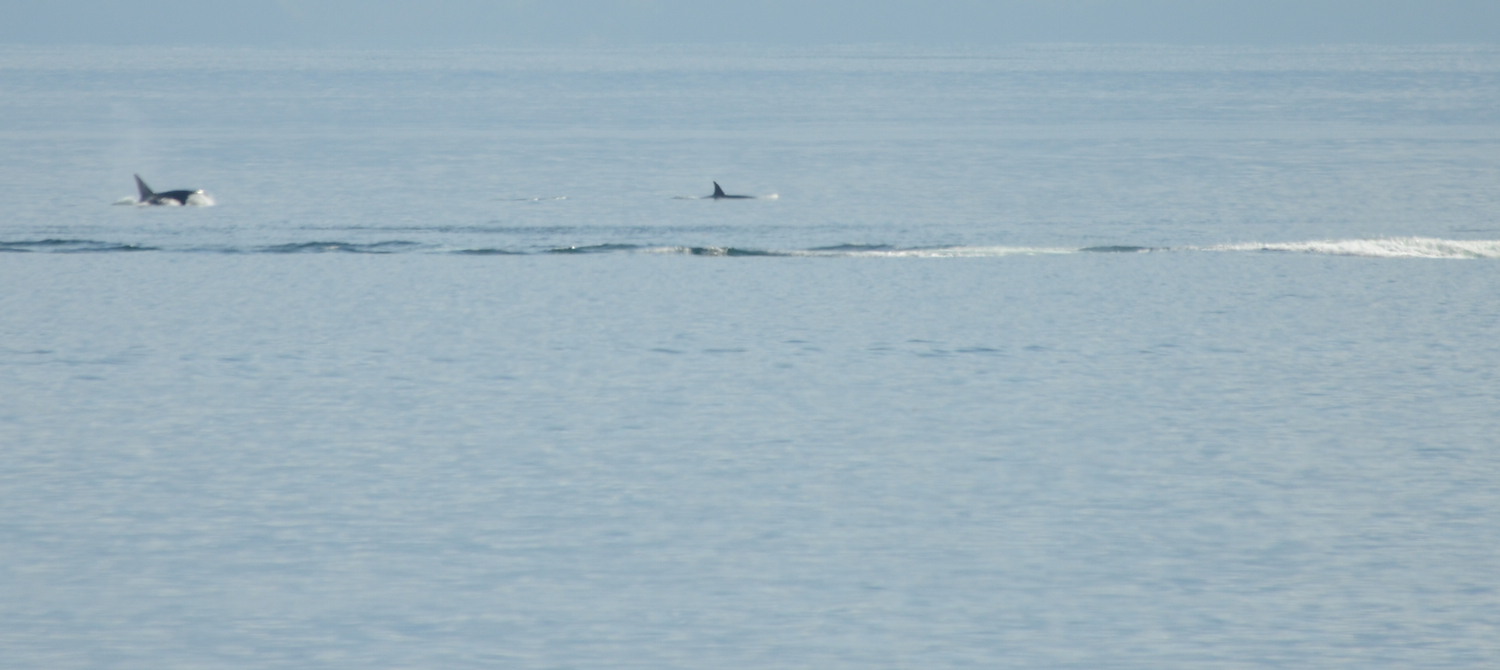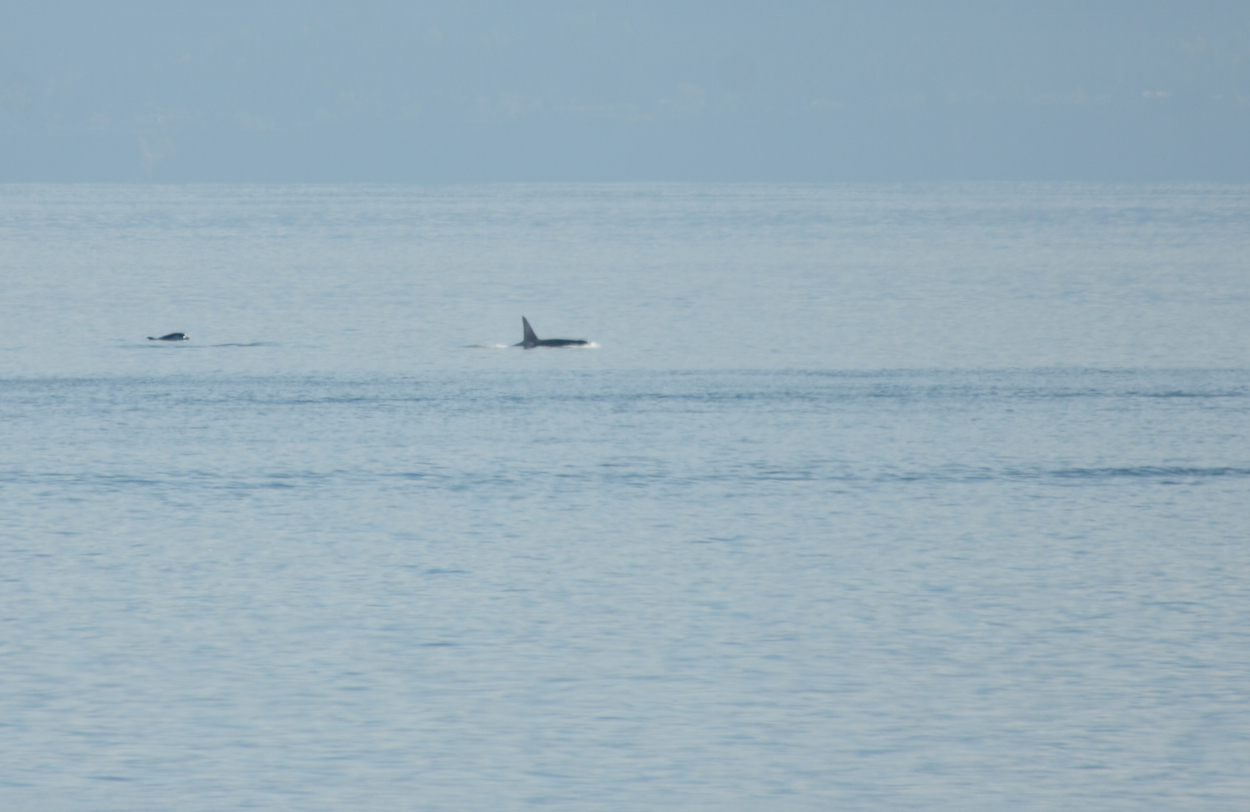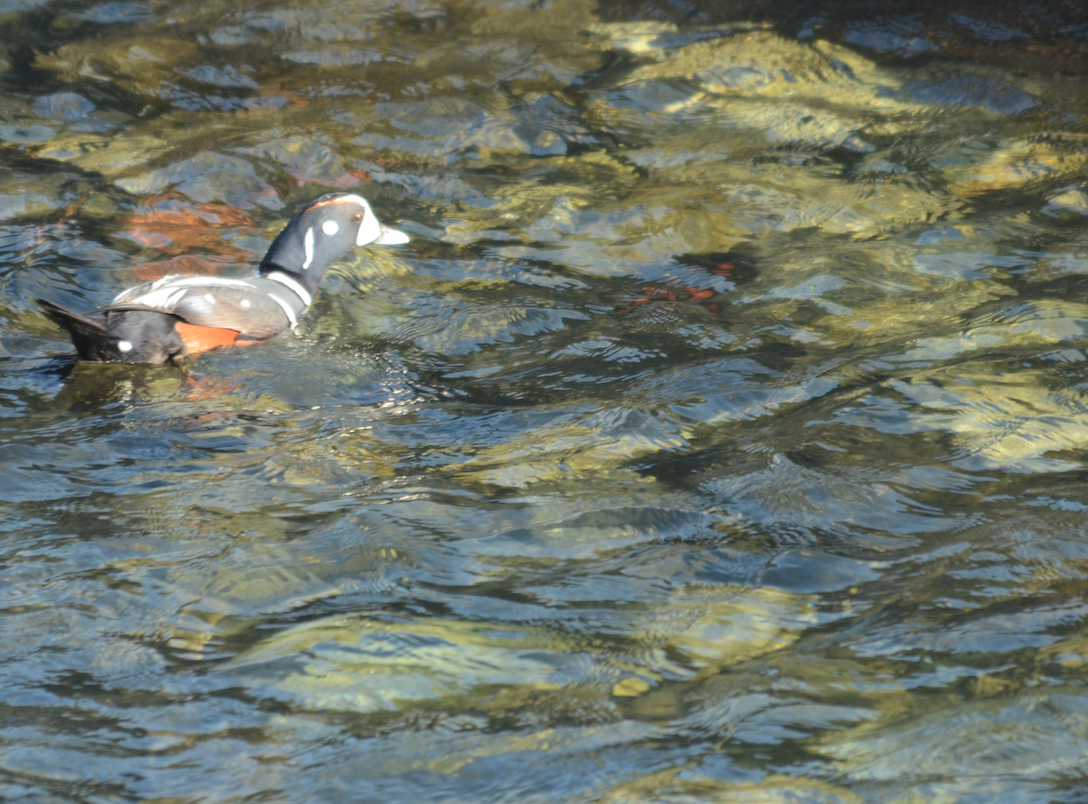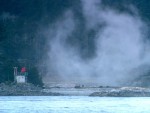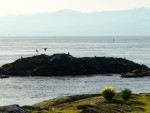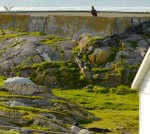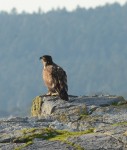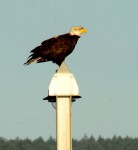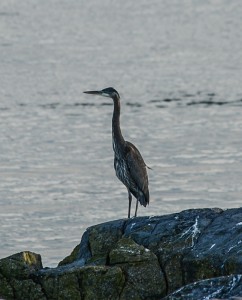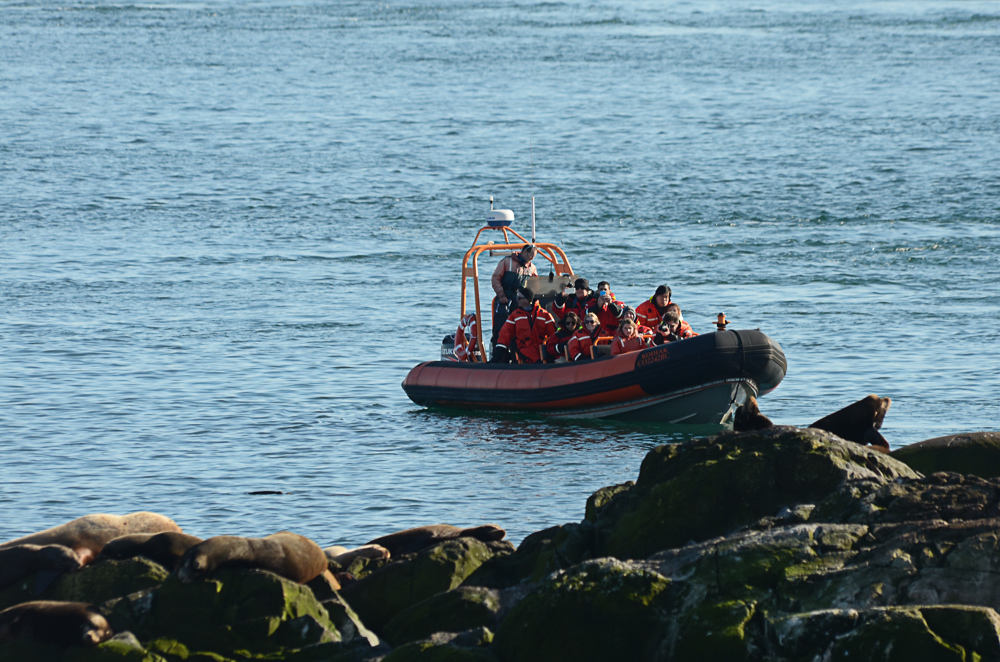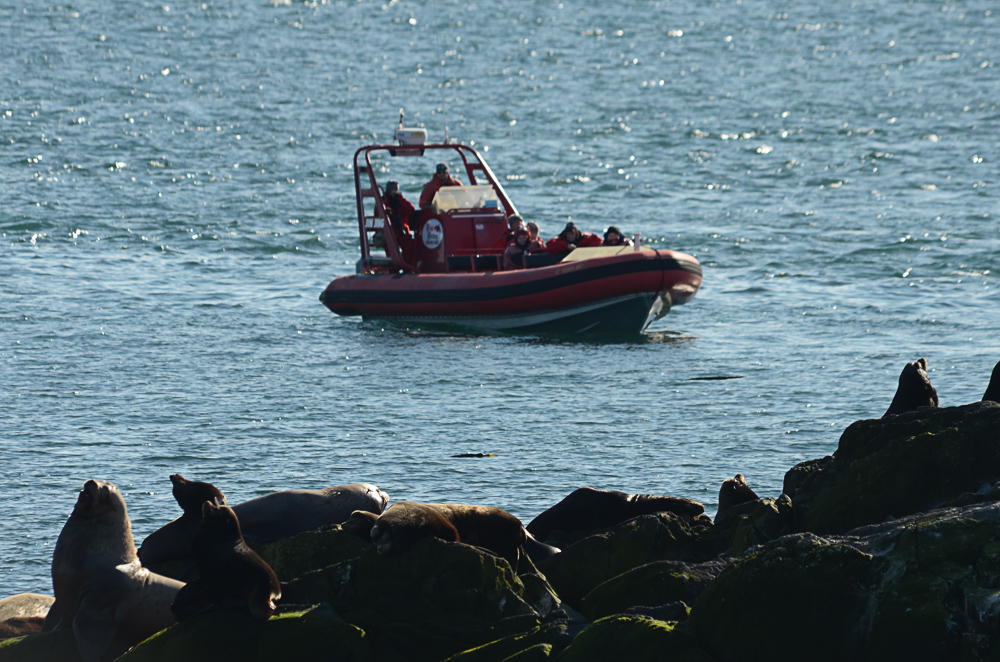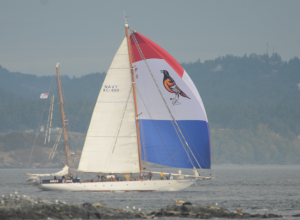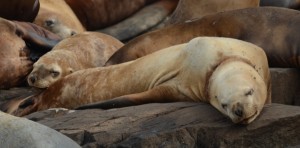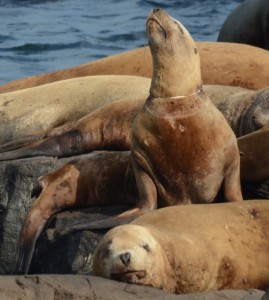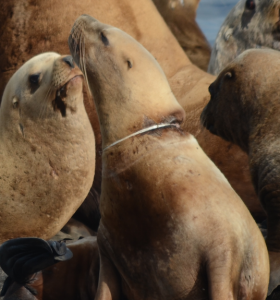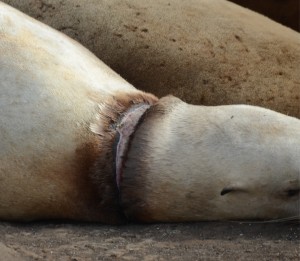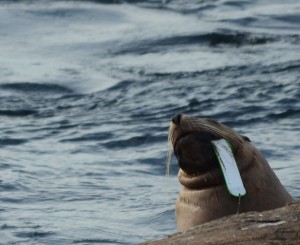Today there was a lull in wind velocity. The west-southwest wind continued and even pushed more from the south for a few hours in the afternoon, but the speed was less than half of yesterday’s winds.
It was a bright day even though it hazed over in the late afternoon. This graph of accumulated, daily solar radiation for the last week shows up the big differences between days depending on cloud cover. The metric, one Langley is equivalent to 41.84 kilojoules per metre2. Check out the weather pages of this web-site for more nifty graphs and information.
The barometer rose today, levelling off and even dropping a little, late afternoon. The forecast is calling for a day similar to this one.
There were no tour boats in the Ecological Reserve today. Two sportsfishing boats were jigging very close to the boundaries but probably not inside and one aluminum water-taxi like sportsfisher went through the main channel at high speed. A derelict looking fishing vessel, called the Larkin, was towed by a tug, through Race Passage adjacent to the reserve, late afternoon.
Military blasting, as promised, was conducted during the business day. Even during and after the biggest explosions, the largest reaction I observed were sealions raising their heads and looking alert for less than 30 seconds.
Speaking of alert (or not), a total of nine Northern Elephant Seals were hauled out on Great Race today. The four in the garden were joined by two young amorous animals and a third sub-adult male. There was a bit of a kerfuffle involving the biggest male but they all settled quickly as it appeared that conflict was just too energetic.
The new (to me) female was well tagged with a left double tag of #7620. The right side was still double-tagged but much more difficult to read with # 7688 confirmed. One of the right tags was yellow instead of the lime green and very worn. Tagged animal # 5850 (left) returned. The animal with psoriasis continues to sleep soundly, off on its’ own right, beside the path and only occasionally, barely opens her eyes when I go past her.
These tags are very important to elephant seal biologists who study the population dynamics: (How many are there? How is the population doing? How long do they live?); the distribution (Where do they go and when?) and the phenology (When are individuals pupping, nursing, mating, and moulting?). The dual/quadruple tags help statisticians test assumptions made about re-sightings so that their mathematical models are more rigorous. We have a lot to learn from this resilient species that has recovered from the brink of extinction and (so far) avoided the pitfalls of genetic bottlenecking.
There were no visitors today and chores were all routine maintenance.

